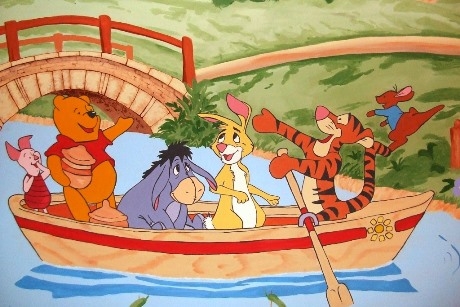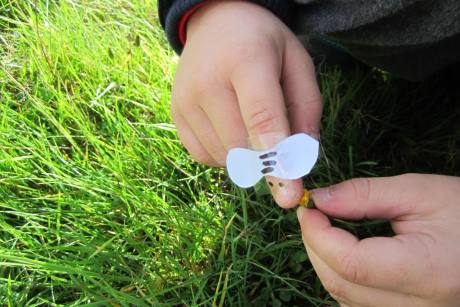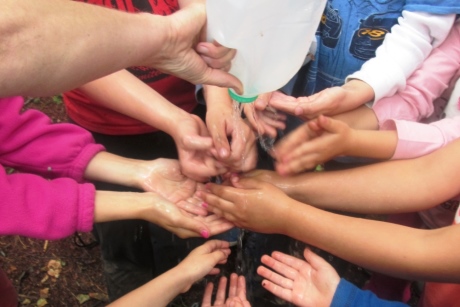
School Travel Organiser focuses on Ashdown Forest in east Sussex, which was the original setting for AA Milne’s famous Winnie the Pooh children’s stories.
Ashdown Forest is known for being the inspiration for the fictional home of the popular children’s bear character, Winnie the Pooh, and his friends Piglet, Eeyore, Kanga, Roo, Owl, Rabbit and Tigger.
The forest today is still home to a number of places mentioned or alluded to in the children’s stories. For example, the fictional Hundred Acre Wood was in reality Five Hundred Acre Wood, while Galleon's Leap was inspired by the prominent hilltop of Gill's Lap.
The forest is also at the heart of the High Weald Area of Outstanding Natural Beauty and has national and international protection because of its wildlife.
In addition to its claims to fame, Ashdown Forest has a wide educational offering for school children.
A number of workshops are available for Key Stage 1 and 2 pupils, and Science, Geography, History and Literature are among the subjects that can be supported on a school trip.
These day-long sessions, packed with hands-on activities, range in topic from Habitats and Adaptations to the Stone Age and Winnie the Pooh. Bespoke workshops are available, too.

Key Stage 1 workshops
Winnie the Pooh: This Literature session allows children to explore the place where AA Milne set his famous bear stories.
The class will find out about the plants and animals that were part of Pooh’s adventures; build a home for Eeyore and find his tail; select a tree for Owl to live in; and join the search for Small the beetle.
Plants of Ashdown Forest: Children taking part in this Science workshop will find out what plants make the heathland of Ashdown Forest special. They’ll learn how plants survive the difficult conditions of the environment, as well as how bees pollinate flowers.
The school group will also compare the plants of the heathland to the woodland, and play games to identify trees and tree parts.
Animals and their homes: This is another Science workshop that uses games and activities to find out what animals live in Ashdown Forest, what they eat, where they hide and what secret signs they leave behind.
The class will follow some animal tracks and trails and have a go at making their own. Minibeast hunting in the woods is also included in this workshop.
Key Stage 2 workshops
Stone Age: Find out in this History session what it was like to live in the Stone Age. The class will play games to learn about hunting skills and how to track animals, as well as gather food that could be eaten.
There will also be the opportunity to handle Stone Age artefacts that prove people hunted in the forest, plus there’s time to build a temporary shelter using found materials.
A walk though time: This session can lean towards History or Geography, and looks at how the way in which people’s use of the forest has changed over time. The class will go on a journey from the Stone Age to the modern day through Ashdown taking part in activities and games to understand its history.

This workshop also gives pupils the chance to look at and discuss the challenges and conflicts facing management of the forest site today.
Rocks and soils: This Science session delves into the underlying rocks of Ashdown Forest. Pupils will find out about different soils and how they affect the types of plants that grow in the area.
They’ll also discover how the rocks and soils of the forest have dictated how it has been used by people over time, plus hunt for iron in the rock and find out how the mineral affects the streams that cross the site.
Other topics
In addition to the set workshops, the education team at Ashdown Forest can provide sessions on streams, map work, environmental artists, explorers, team building, and forest school style sessions.
Booking information
Teachers can contact the education team to discuss requirements by e-mailing education@ashdownforest.org.
For further information visit www.ashdownforest.org.










